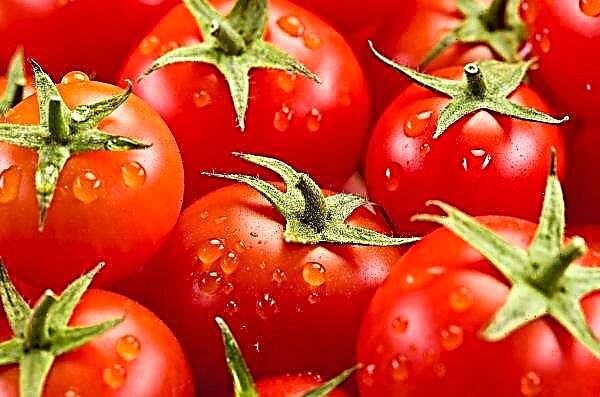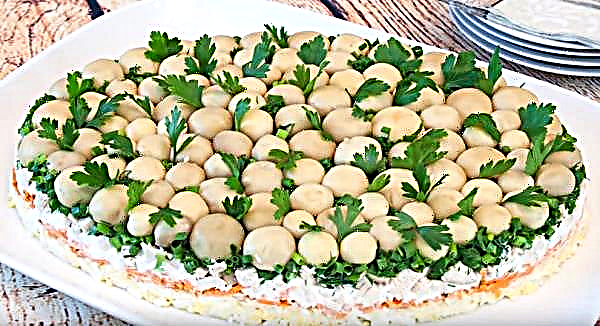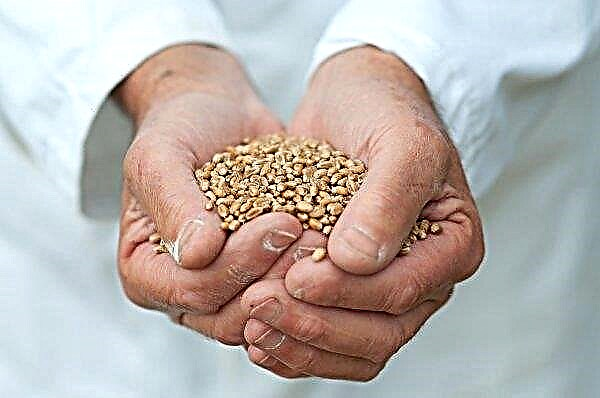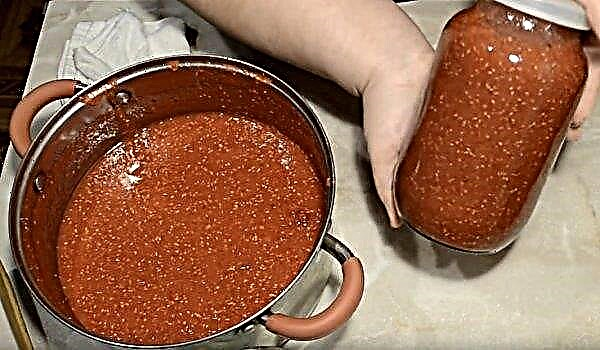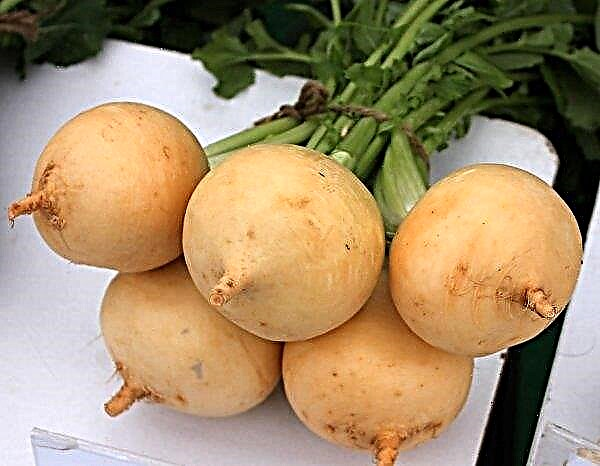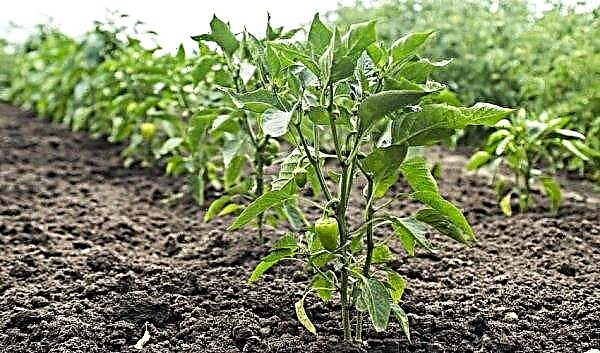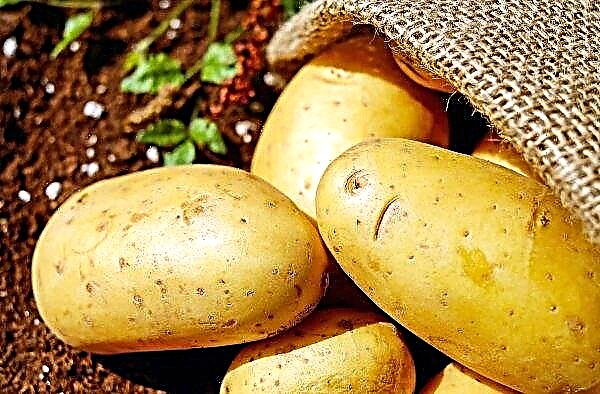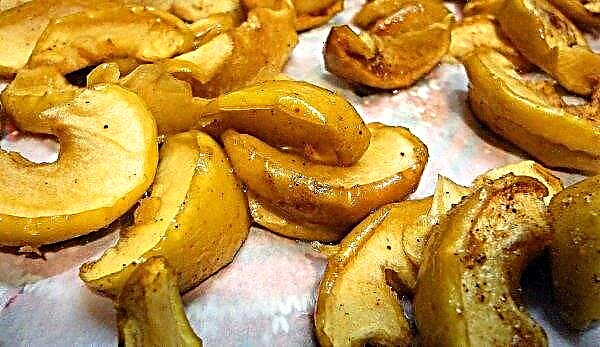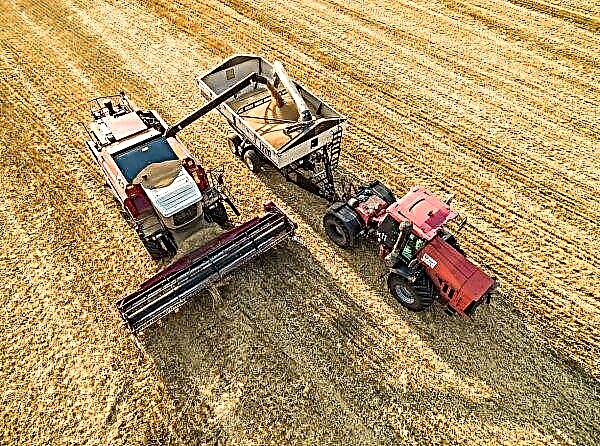If you have a large number of fish at your disposal, then you can make canned food from it for the winter. The whole process is not very complex, and the result will pleasantly surprise. How to carry out canning of river and sea fish at home, read below.
Selection and preparation of ingredients
Preservation of fish stew begins with the selection of quality ingredients. You need to buy carcasses only from trusted sellers, while always evaluating the appearance and smell. Fish does not require any special preparation. It needs to be cleaned of scales, cut along the belly along, and gutted, rinsed under running water.
 When buying not freshly caught fish, you should definitely pay attention to the eyes. If they are cloudy, then the products lie on the counter for a long time and most likely are already little suitable for consumption.
When buying not freshly caught fish, you should definitely pay attention to the eyes. If they are cloudy, then the products lie on the counter for a long time and most likely are already little suitable for consumption.
Step by step cooking of canned fish
Preparing the type of appetizer in question is quite simple. Their advantage is the excellent taste and the absence of harmful preservatives, which are usually added at large plants to extend shelf life. A similar dish turns out low-calorie and nutritious, therefore it is suitable for those who adhere to a diet and for children.
From bream in oil

8 cans of 0.5 l each120 min.
vegetable oil
10 tbsp. l
black peas
32 pcs.
tomato sauce "Krasnodar"
6 tbsp. l
Nutritional value per 100 g:
- Remove tails, fins and heads from gutted carcasses of bream. After cleaning, 3.5 kg of fish will remain.
- Slice the main ingredient in batch slices approximately 2 cm wide.
- At the bottom of each half-liter jar, place 4 peas of black pepper and 1 pc. bay leaf. Carefully tamp the fish pieces into containers, trying not to leave gaps.
- Filling the cans to half, salt the products - add 0.5 tsp to each container. salt. Then pour in 1 tbsp. vegetable oil. Fill the vessels with fish before the start of the neck. Then add 0.25 parts of salt and 1 tbsp. oils. Similarly, 5 containers should be filled - the rest will be for the fish in the tomato.
- At the bottom of each of the three remaining cans put 4 peas of black pepper, 1 pc. bay leaf, then add 0.5 hours of salt and 1 tbsp. sauce. Fill the containers with the main ingredient to half. Then place in the vessel another 1 tbsp. sauce and 0.25 hours. Fill the jar to the end.
- Roll up all containers with lids.
- Submerge cans in an autoclave. Fill it with water so that the liquid is 2 cm above the lids of the containers. Close equipment. Connect the pump, and make pressure within 1 atmosphere. Pour 150 ml of water over the cover of the autoclave and see if air bubbles appear on its surface. Turn on the gas.
- Put a little engine oil into a special pipe, and then insert a thermometer into it. Soak water from the autoclave lid with a sponge.
- As soon as the temperature on the thermometer reaches +112 ... + 116 ° С, the heat should be reduced to the minimum and detected for 50 minutes. If there is no autoclave, then the oven can replace it. Only the cans in this case do not need to be twisted immediately, but it will take about 5 hours to languish. After the specified time has passed, turn off the gas and wait for the equipment to cool completely.
- Release pressure to 0. Open the lid and remove the cans from the equipment. Now the bream stew is ready. In principle, it can be eaten immediately after cooling, or even warm.
Video recipe
From bream to oil
Important! When cooking canned food in an autoclave, constantly monitor the temperature. It is possible to raise or lower it by regulating the gas, if the heat rises above + 120 ° C, it is allowed even to temporarily turn it off.
From river fish

3 cans of 0.5 l each 40 min.
river fish (pike, roach, sabrefish)
3 kg
vegetable oil
9 tbsp. l
dry vegetable seasoning
3 tsp
Nutritional value per 100 g:
- Remove heads, tails and fins. Cut the carcasses in batch pieces of 2 cm wide. After cleaning, approximately 1.5 kg will remain.
- Place 1 hour seasoning, 2 bay leaves in each jar.
- Fill the containers with fish, ramming it tightly and making sure that there are no gaps.
- For each jar add 1 teaspoon salt and 3 tbsp. oils.
- Tighten the lids of the container.
- Place the cans in the pan, after covering the bottom with a cloth so that the glass does not crack. Pour into the water tank so much that it is 2 cm higher than the lids of the vessels with fish. Put the pot on the fire. After boiling, make the fire quieter and place a load on the cans (a plate, and on top a heavy container) so that they do not bounce when boiling. Strain the product for 4–5 hours
- After the specified time, turn off the gas and wait for the cans to cool. Then remove them from the pan and remove.
Video recipe
From river fish Video recipe: From river fish
From sea fish

4 cans of 0.5 l each 40 min.
pollock (any sea can be)
2 kg
vegetable oil
200 ml
black peas
16 pcs.
Nutritional value per 100 g:
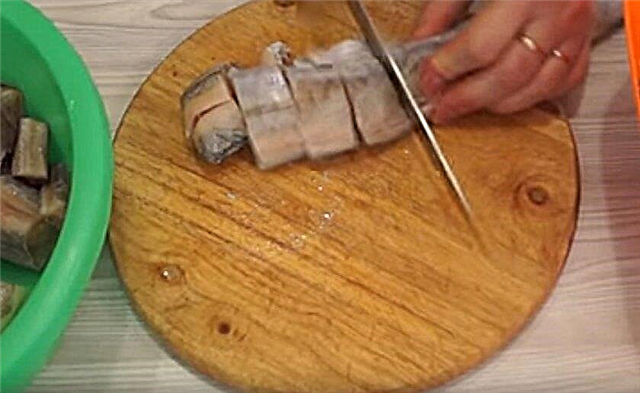 Cut the fish into pieces 2 cm wide.
Cut the fish into pieces 2 cm wide.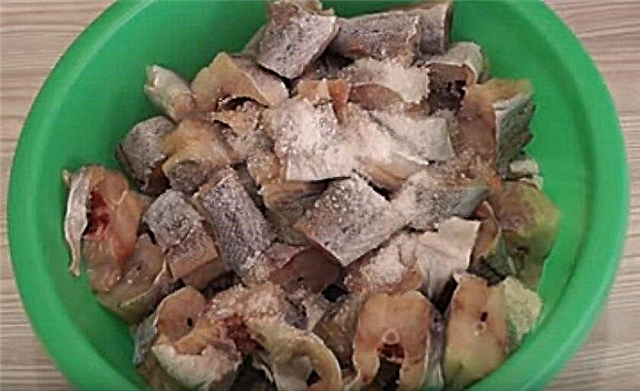 Fold the slices in a bowl, salt and pour over vegetable oil. To stir thoroughly.
Fold the slices in a bowl, salt and pour over vegetable oil. To stir thoroughly.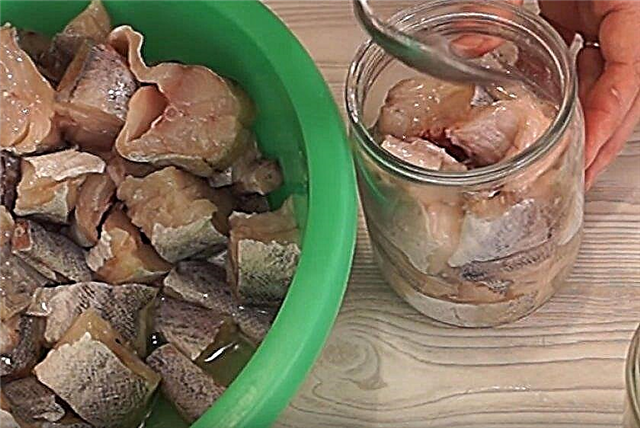 Place 1 pc at the bottom of each can. bay leaf and 4 peppercorns each. Then fill them with pollock.
Place 1 pc at the bottom of each can. bay leaf and 4 peppercorns each. Then fill them with pollock. Spread the butter that remains in the bowl evenly over all containers.
Spread the butter that remains in the bowl evenly over all containers.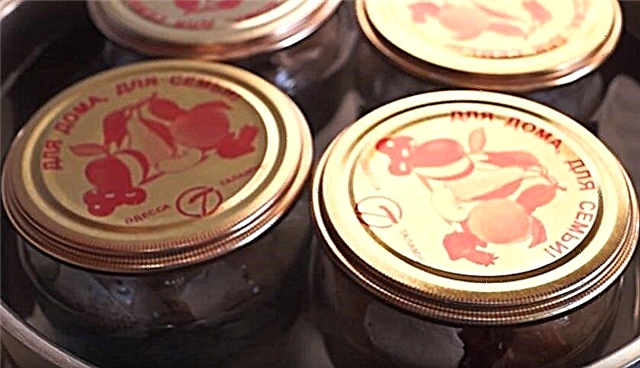 Put a piece of cloth in the pan, then place jars covered with lids on it. Pour water so that it reaches the shoulders of vessels with fish.
Put a piece of cloth in the pan, then place jars covered with lids on it. Pour water so that it reaches the shoulders of vessels with fish.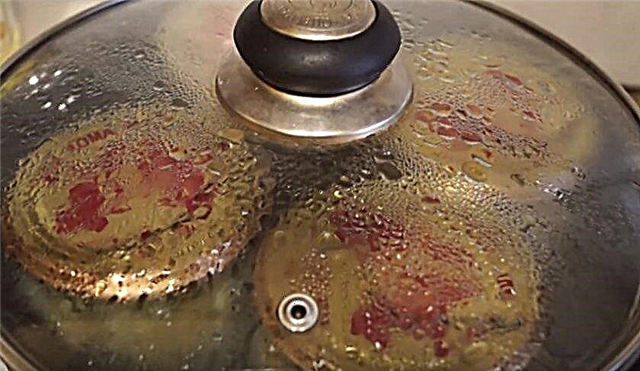 Put the pan on the fire and, after boiling, reduce gas to a minimum. Strain for 4-5 hours
Put the pan on the fire and, after boiling, reduce gas to a minimum. Strain for 4-5 hours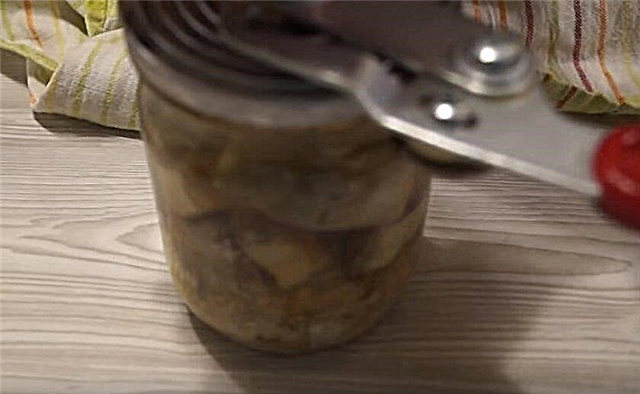 After the specified time, roll up the banks, turn them upside down and wrap them with a blanket. After cooling down, move the containers to a cool place.
After the specified time, roll up the banks, turn them upside down and wrap them with a blanket. After cooling down, move the containers to a cool place.
Video recipe
From sea fish Video recipe: From sea fish
Features of storing canned fish
Storage time for home fish preservation is 12 months. At the same time, it is important that the temperature regime is within 0 ... + 5 ° C, and air humidity is not higher than 75%.
Did you know? Some types of fish in canned form are much healthier than fresh. For example, herring most fully reveals its qualities when sterilized with oil and vinegar.
Canned fish can become your signature dish, the recipe of which all the familiar housewives will want to know. Its advantages are excellent taste, budget and ease of preparation.

 Cut the fish into pieces 2 cm wide.
Cut the fish into pieces 2 cm wide. Fold the slices in a bowl, salt and pour over vegetable oil. To stir thoroughly.
Fold the slices in a bowl, salt and pour over vegetable oil. To stir thoroughly. Place 1 pc at the bottom of each can. bay leaf and 4 peppercorns each. Then fill them with pollock.
Place 1 pc at the bottom of each can. bay leaf and 4 peppercorns each. Then fill them with pollock. Spread the butter that remains in the bowl evenly over all containers.
Spread the butter that remains in the bowl evenly over all containers. Put a piece of cloth in the pan, then place jars covered with lids on it. Pour water so that it reaches the shoulders of vessels with fish.
Put a piece of cloth in the pan, then place jars covered with lids on it. Pour water so that it reaches the shoulders of vessels with fish. Put the pan on the fire and, after boiling, reduce gas to a minimum. Strain for 4-5 hours
Put the pan on the fire and, after boiling, reduce gas to a minimum. Strain for 4-5 hours After the specified time, roll up the banks, turn them upside down and wrap them with a blanket. After cooling down, move the containers to a cool place.
After the specified time, roll up the banks, turn them upside down and wrap them with a blanket. After cooling down, move the containers to a cool place.